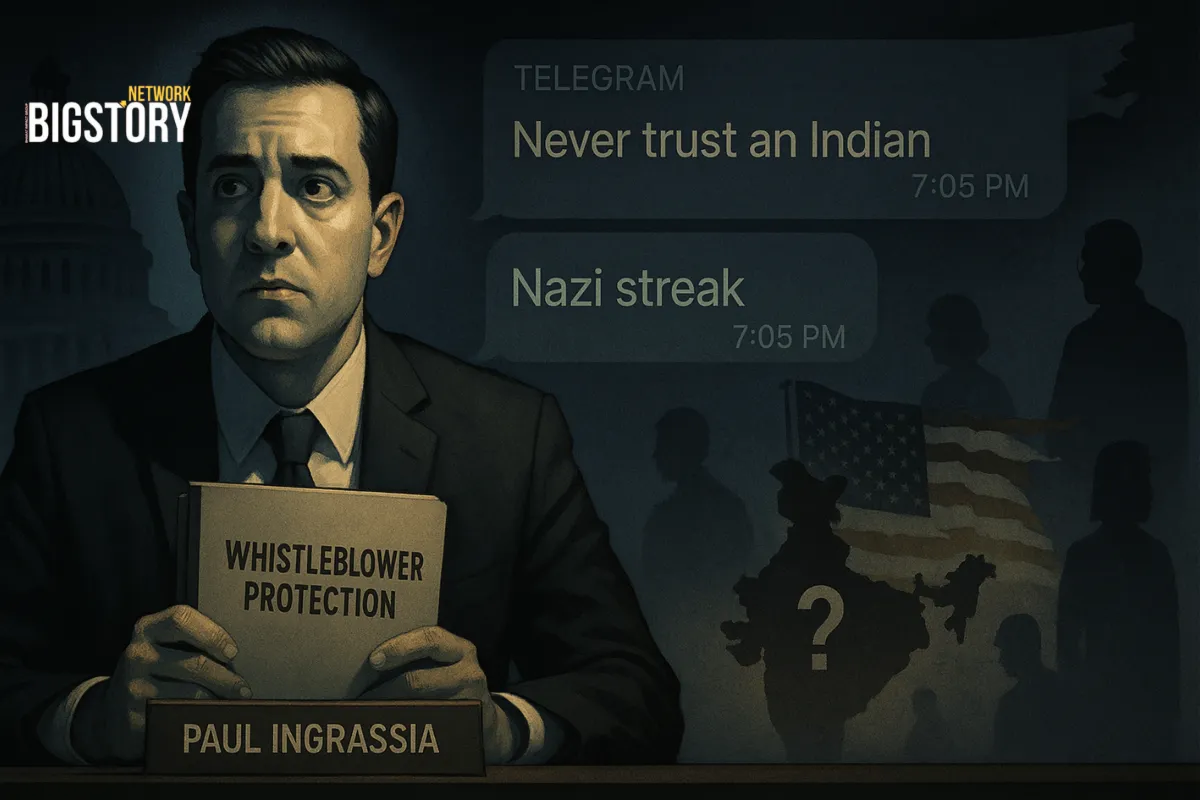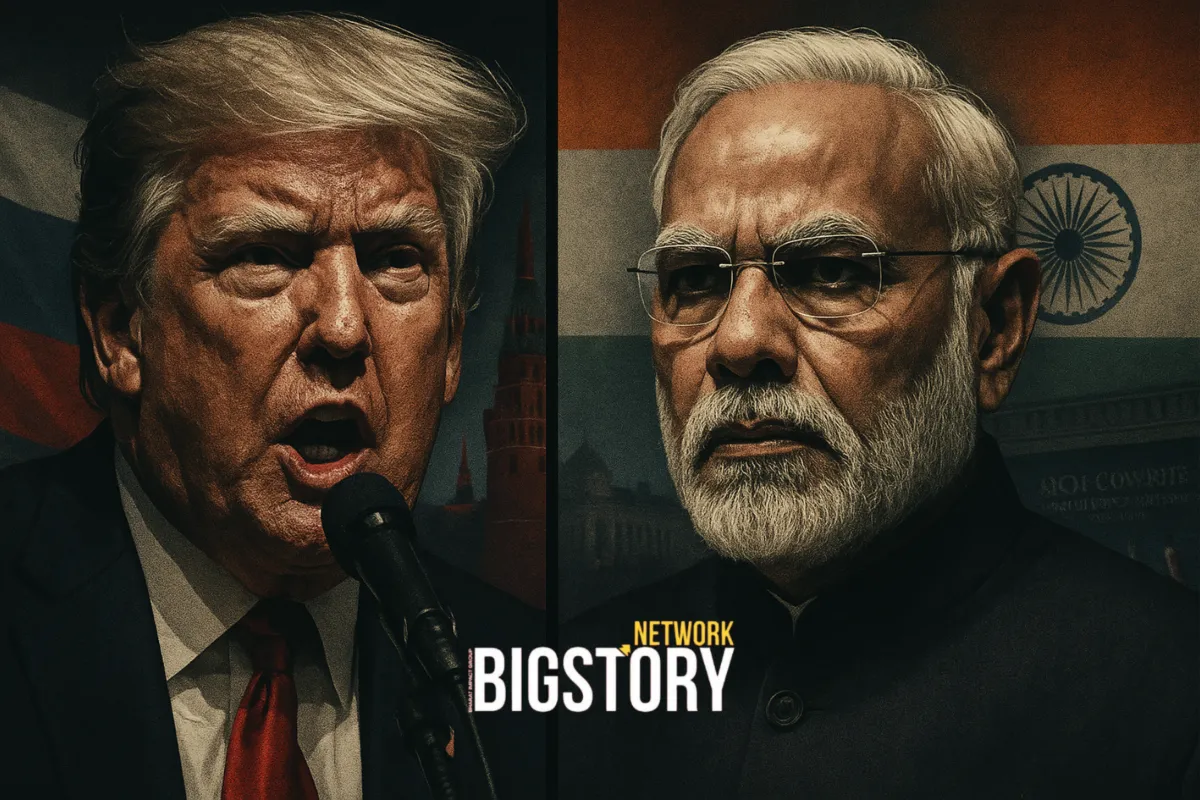In the high-stakes world of global trade, the power dynamic between the United States and China has shifted dramatically. Once seen as the aggressor in a trade war, China now appears to be in a position of strength, deftly navigating negotiations with Washington and wielding a new form of economic leverage. This shift is not accidental; it is the result of a deliberate, long-term strategy that has left the U.S. vulnerable and forced it to the negotiating table. For India, a rising economic power with its own trade ambitions, understanding this dynamic is not just an academic exercise—it is a critical lesson in statecraft and strategic economic planning.
Part 1: The Source of China's Upper Hand
China’s strength in its current trade talks with the U.S. does not come from high-profile tariff battles, but from its mastery of what analysts are now calling "asymmetric dependencies." The U.S. is dependent on China for goods it cannot easily source elsewhere, while China has focused on making its own supply chains more resilient and less reliant on external inputs. The core reasons for this upper hand are as follows:
- Chokehold on Critical Supply Chains: China has a near-monopoly on the global processing and export of rare earth elements and rare earth magnets, which are essential components in a vast range of products, from electric vehicles and smartphones to advanced defense systems. By restricting the export of these materials, China can—and has—brought key U.S. and allied industries to a halt. The U.S. has been forced to offer concessions, such as rolling back export controls on computer chip technology, to ensure the supply of these critical minerals.
- Manufacturing Dominance: Decades of investment have made China the world's factory. It holds a powerful position in nearly every major manufacturing sector, from electronics to solar panels and EV batteries. The U.S. and its allies, despite their best efforts to "de-risk" and diversify, have found it incredibly difficult and expensive to create viable alternative supply chains. This industrial "overcapacity" allows China to flood global markets with low-cost goods, undercutting competitors.
- The Political Game of Patience: Beijing has adopted a strategy of "protracted war," as described by some analysts, betting that its long-term endurance will outlast Washington's short-term political and business pressures. By engaging in rolling truces and avoiding "grand bargains," China secures temporary relief without making significant structural concessions on key issues like intellectual property and state subsidies. For China, time is a key strategic asset.
Part 2: What India Can Learn from China's Strategy
While India's economic model and political system are fundamentally different from China's, its rise on the world stage presents a unique opportunity to learn from its neighbour’s successes. China’s playbook offers several critical lessons for India as it navigates its own path to becoming a global economic powerhouse.
- Strategic Focus on Key Manufacturing Sectors: China's success did not come from a scattergun approach. It methodically invested in specific sectors, such as solar components and electronics, and then used state support to achieve dominance. India, with its "Make in India" initiative, has started this journey, but it must identify and prioritize a handful of critical sectors—like semiconductors, green technology, and defense—and provide sustained, long-term support to build a robust domestic ecosystem.
- Building Asymmetric Leverage: A key lesson for India is to create its own "choke points." This does not mean adopting an aggressive stance, but rather focusing on sectors where India can develop a dominant position. India's strength lies in pharmaceuticals, IT services, and a young, skilled workforce. By building on these strengths and investing in the next generation of critical technologies, India can build its own strategic leverage.
- Patience and Pragmatism in Negotiations: India’s approach to trade talks, especially with the U.S., must be rooted in patience and a realistic understanding of its own strengths and weaknesses. It must learn to avoid getting caught in the short-term political games of other nations and instead focus on long-term, mutually beneficial agreements. The recent easing of trade tensions with China over urea and pharmaceuticals, spurred by a third-party factor (US tariffs), shows that a pragmatic and issue-based approach can yield results.
- Investing in Research and Development: China has made massive investments in R&D to reduce its dependence on foreign technology. India, too, must ramp up its spending on scientific research to foster indigenous innovation. A strong domestic tech base will not only reduce reliance on imports but also give India a powerful bargaining chip in future trade talks.
Conclusion: China's success in navigating its trade relationship with the U.S. is a testament to its long-term vision, its strategic control over global supply chains, and its willingness to play the long game. For India, a country with immense potential, the lessons are clear. True economic power and geopolitical influence do not come from a trade war, but from building a resilient, innovative, and self-reliant economy. By learning from China's strengths—and avoiding its weaknesses—India can chart its own course and secure its place as a major power in the new world order.







Leave a Reply